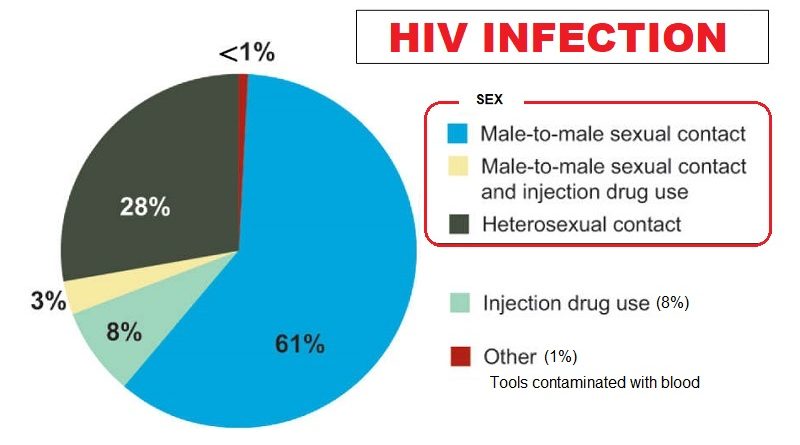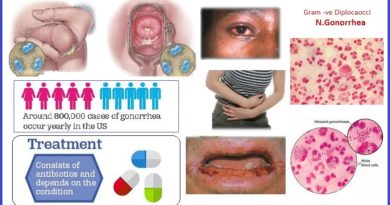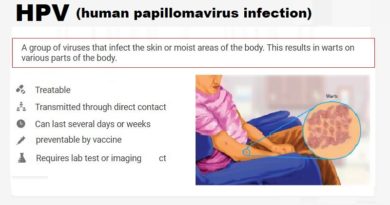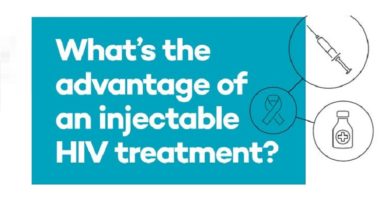Keyways For HIV Transmission: What You Need to Know
Last Updated on 10/11/2025 by Helal Medical
HIV infection – human immunodeficiency syndrome – is considered one of the major health problems in the world so far. HIV transmission is one of the most commonly asked questions!
Although more than 41 years since we knew the virus, it is still the most dangerous among viruses. Also, it is the deadliest among all infectious diseases. Why is it the most dangerous? There is no cure or vaccine yet. Also. Also, the lack of enough awareness about HIV and ways is transmitted common ways. So, panic is common among people. Failure to adhere to health protocols and prevention makes the virus capable of spreading fast worldwide. Here we will learn about the most important ways HIV spread.
Modes of transmission?
There are two main ways to be infected with HIV. First through unprotected sex. Second through contaminated blood, and other body fluids during sexual intercourse. It is also transmitted from an infected mother to her baby during childbirth or breastfeeding. These are the methods mentioned in all scientific references, but in real life, can be arranged as follows: The first (and most important) is sexual intercourse, which contributes to more than 90% of cases. Next comes blood-contaminated sharp tools. Last, other methods which represent are less than 1% of cases.
- Unprotected sex
- Blood contaminated sharp tools
- Infected mother to her baby
Practically speaking, HIV infection most commonly occurs through unprotected sexual intercourse, especially among homosexual men. Sexual intercourse is the cause of more than 90% or 95% of HIV infections.
HIV infection rates:
Male to female transmission:
A study was published in different countries. It estimates the probability of transmission for different modes. For example, what is the rate of spread by vaginal sex, anal practice and other ways. The study concluded that the average risk of infection males to women is less than 1% by vaginal sexual intercourse. This means approximately 7-8 transmissions per 10,000 acts of unprotected vaginal sex.
Female to male transmission:
The study found that the percentage is (0.04%) for each act. So, about 4 infected cases per 10,000 acts of vaginal sex with a woman infected with HIV. So, transmission from male to a female is double that of female to male transmission, 8/10,000 compared to 4/10,000.
Anal Sex was showed be the most dangerous. The possibility of infection during anal sex is higher than vaginal sex. The probability of infection for the recipient (1.7%) pe act. 17 cases per 1000 when the “top person is positive, which is very high compared to vaginal sex.
What are your chances of contracting HIV in these scenarios?
Can you get HIV from oral sex?
This is perhaps one of the most commonly asked questions about HIV transmission. Some people want to know the risks of contracting HIV during oral sex. Sure, you can search the topic on Google, but the results may further confuse and intimidate you.
The US Centers for Disease Control and Prevention (CDC) describes the probability of oral transmission as “low.” But what does the term low mean? The AIDS.gov website explained more: “You can get HIV by having oral sex with your male partner, although the risk is not as great as with anal or vaginal sex.”
Sharing needles transmission: The average risk of contracting HIV by sharing a needle once with an infected user (0.67%), that is 67 cases per 10,000 sharing an injection with an infected person, as in case if addicts using injection drugs.
As for anal sex, it is the most dangerous type of sexual practice in terms of transmission of the virus. See the illustration below showing that anal sex is the most dangerous! Less than 1% for all other means of transmission!

Summary:
HIV transmission risk is different for each way of infection. the most dangerous of all, is anal sex. HIV transmission can be only by coming into direct contact with certain body fluids from an HIV infected person, whose viral load is high. These fluids are:
- Blood
- Semen (cum) and pre-seminal fluid (pre-cum)
- Rectal fluids
- Vaginal fluids
- Breast milk (from mother to her infants)
SOURCES:
- How Is HIV Transmitted? | HIV.gov
- ihttps://www.cdc.gov/hiv/group/gender/men/index.html
Discover more from Helal Medical Manila
Subscribe to get the latest posts sent to your email.




